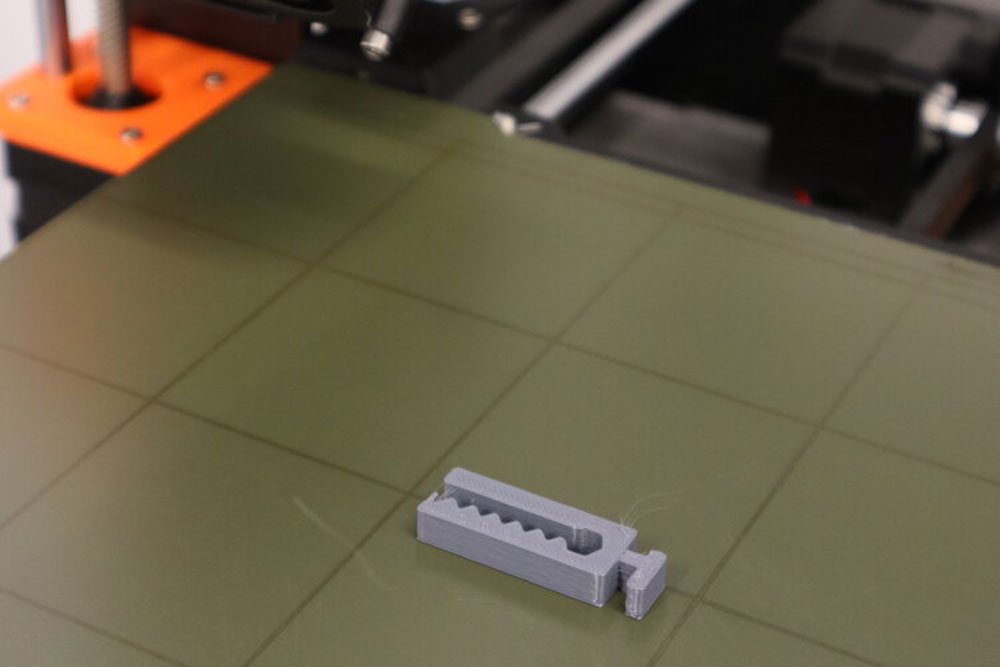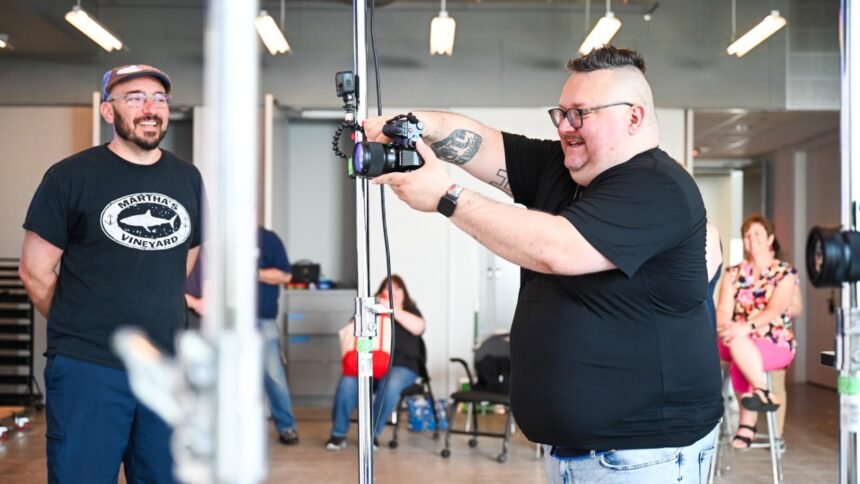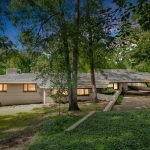Q: How does Brown help you be you?
I have access to the things that bring me joy. I love 3D printing, I love laser cutting, I love making videos. I’m one of those crazy people who is up at 2 a.m., reading reviews about the differences in camera sensors — or whatever it may be that day — and here, I have access to all of it, and to other spaces like the Brown Design Workshop. I’ve also recently taken advantage of the Employee Education Program, taking a few classes at RISD.
I’m an interdisciplinary artist and a generalist, and in my role here, I get to help students, faculty and staff by creating spaces and opportunities that are accessible to everyone. I like the culture at Brown, too. You can ask anyone here; I’m loud. But I’m in an environment where I feel safe to be loud, and it’s never scary for me to voice my opinion or speak up for something I think is important.
Q: How has Brown enabled you to do something you’ve always wanted to do?
My identity was so wrapped up in the idea of being an artist — specifically that my goal should be to show things in museums and galleries — and Brown has given me the opportunity to see myself more as a designer than just an artist. We’re working with people from all over the University, and I’ve realized that there are so many things I picked up in the pursuit of my art practice that can be used for all types of creative problem-solving, which became my core identity. I have a vast toolkit and a variety of different methods to apply to different problems as they come about.

One great example was during the COVID-19 pandemic, when we helped a huge group of volunteers from various hospitals prototype 3D-printed silicone face masks for medical workers. I realized I could use the same technology to design and produce something to help other essential workers. There was already a face shield circulating in the 3D-printing community that took more than two hours to build because the entire structure was 3D printed. So I ended up designing a clip that could go on the end of a hat and held a piece of acetate for the face shield. By doing that, I was able to cut down the print time to just 16 minutes. So I packaged them up, made YouTube tutorial videos on how to make them at home, and then went out with a backpack and handed them to people like grocery and restaurant workers.
I don’t think I would have done that before my time at Brown, because I wasn’t thinking like a designer. Brown has changed me in that way, and now I design things all over the place.
Q: What did you do before you came to Brown?
I have an MFA from Columbia College Chicago, and my work focuses on the intersection of technology, surveillance, identity and civics. I’m mostly known for my artwork, “URME Surveillance,” which is a printed, photorealistic prosthetic of my face that I’ve offered to the public through multiple means online as a way of trying to battle facial recognition, initially within Chicago. The city has a surveillance system called “Virtual Shield,” where thousands of cameras with location data are linked to a central hub capable of running all these facial recognition algorithms. My thought was, “Well, if we can’t destroy the system, let’s disrupt it.” So when someone wears my face in public, they’re not only protecting themselves, but they’re also creating disinformation about the identity of Leo Selvaggio and where his location is at any given time.
Q: What do you like to do when you’re not at work?
I’m an avid volleyball player and I play in the Ocean State Pride Volleyball League. I love thrifting. And I’ve been teaching myself how to sew and make clothes, which has become a huge pastime of mine. And I really like to grab my camera, go onto Google Maps, point at a random town and just go — just to see what’s there.











